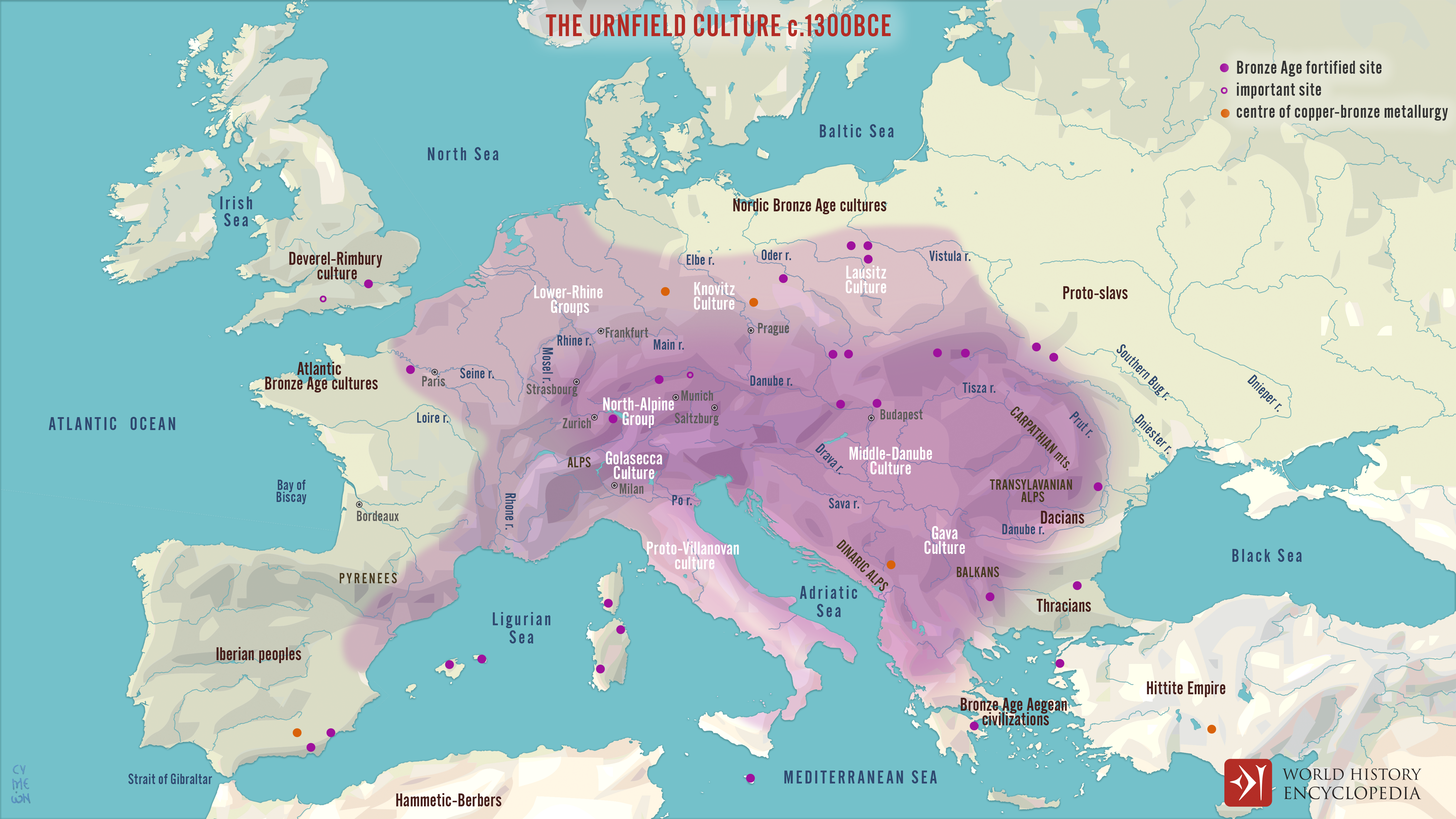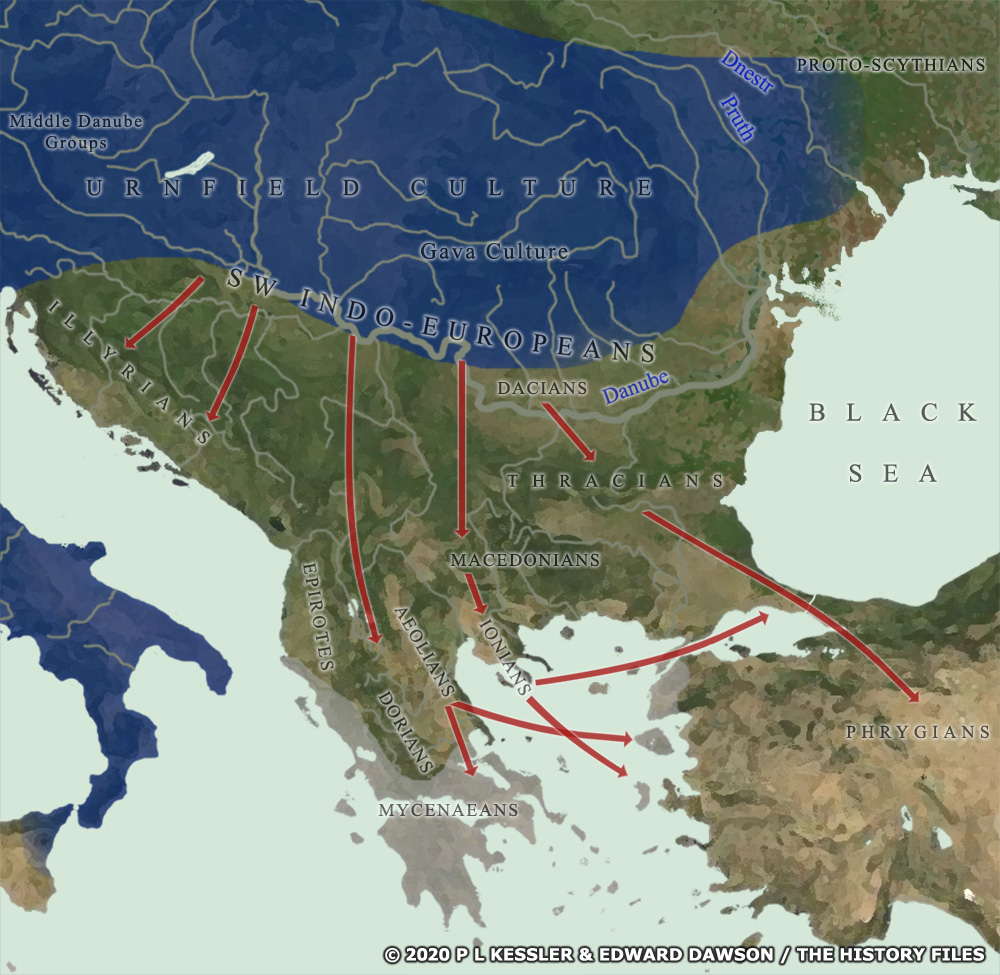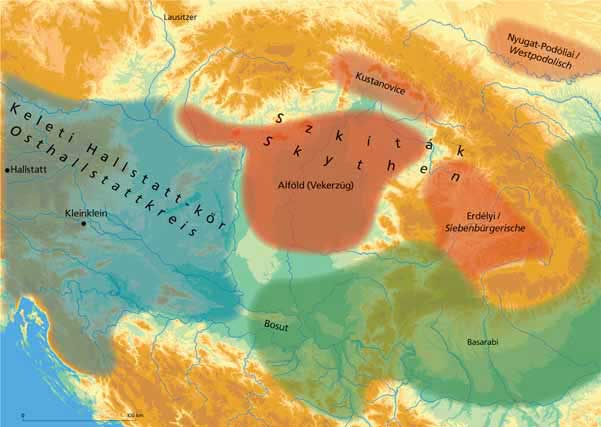I think that this branch, E-S19341, exemplifies the likely Vekerzug/Dacian association of many branches of E-L241 and E-FGC11457 in partciular and E-S2979 in general quite well.
Discover more about your paternal ancestry and join in on the research!

discover.familytreedna.com
The first branching event is 500 BC, with two Hungarian branches of that age being rare by itself. So we have a deeply rooted presence, presumably, in the vicinity of (rather Eastern) Hungary. But on top of that, the downstream branches split between Armenian and French. Basically the two extremes of the regular, relatively higher frequency distribution.
Now a similar pattern can be observed for many, many branches, with wide ranging splits in the Late Tene to Dacian/Early Roman era period. In my opinion, this clearly points to many E-V13 branches, especially those under E-S2979 being present in the Vekerzug Scythianised culture of the Carpathian basin, especially the Eastern Sanislau group, which was mostly Late Gáva-Mezocsat-Basarabi derived and used strict cremation. Sometimes the unique combination of horse burials with human cremation burials and Scythianised weaponry.
The timing for many branches under E-S2979 fits perfectly with that scenario, including backflow both the Central European La Tene zone and the steppe at the roughly about the same time. E-L241 and E-FGC11457 are, not by chance, also the most common haplogroups of E-V13 in, mostly Western and Northern, China, because of that backflow to the steppe.
These splits between Western (Germany, France, England etc.) and Eastern (Armenia, Azerbeijan, China etc.) in the Vekerzug into La Tene to Early Roman period are quite characteristic.
Here is a sketchy map to illustrate the pattern:
While France and Switzerland are well-represented for E-S2979, it is clear that the majority of the population stayed in the Carpatho-Balkan sphere up to the Roman period. Presumably with a centre in the Tisza region and playing a crucial part in the formation of the historical Dacian people.
I think that the bulk of the branches especially of E-L241 and E-FGC11457 moved deeper down, South into the Balkans fairly late, in the Roman and migration period era. But I wouldn't exclude earlier South migrations especially in the context of the closely related Ferigile group, often associated with the Triballi, either. Vekerzug and Ferigile group seem to have been close to each other, both genetically in origin and in the way they adopted Scythianised customs.
Therefore its entirely possible that there were some sort of shared genetics, including patrilineages, between the Ferigile group (Triballi) and the Eastern Vekerzug (Sanislau group) at the Upper Tisza, as well as the Kustanovice group further North.


bellbeakerblogger.blogspot.com









